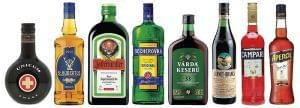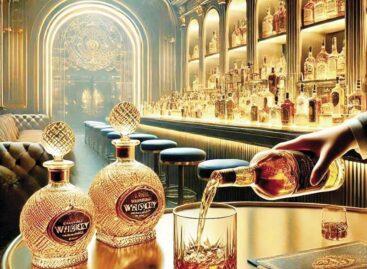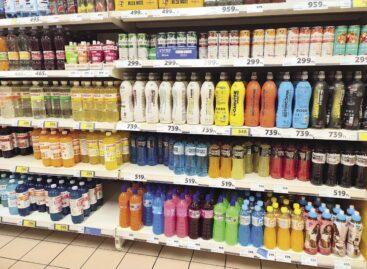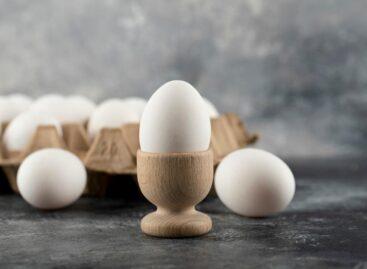Bitters which are so sweet to our hearts
Bitter liqueur sales are slowly but steadily growing.

László Nagy
CEO
Kunság-Szesz
According to a Nielsen survey done in 2017, Hungarians spend HUF 80 billion on spirits a year – informed László Nagy, CEO of Kunság-Szesz. Bitters have a 26-percent from this. In 2016-2017 44,000 hectolitres of bitter liqueur was sold. GfK published a report in September 2018, which said bitter sales had increased by 13 percent.

Sára Palcsó
marketing director
Zwack
Sára Palcsó, marketing director of Zwack revealed that they categorise bitters based primarily on price: Premium bitters with the biggest market share (Unicum, Jägermeister), VFM bitters (Hubertus) and commercial bitters (private label products). The category is nearly 3 million litres big and it has been growing in the last few years, albeit at a slow rate.
József Becs, Roust’s senior brand manager talked to our magazine about how pricing influences the bitter liqueur market. In the last few years prices were rising sharply, but the herbal liqueur market kept expanding. Jägermeister came out with two new products in recent years.
Csaba Mosonyi, marketing director of Pernod Ricard explained that they don’t buy market research data because Becherovka has a special character and competition is so fierce – the company only concentrates on itself. In the bitter category there are few new products and usually they aren’t successful either.


Bence Szanyó
junior brand manager
Heinemann
Szanyó Bence, junior brand manager of Heinemann reckons that consumers decide which bitter to buy based on quality, and not the country of origin. The company is the distributor of the German Underberg and the Italian Fernet brands.

Márton Vajda
premium spirits manager
Coca-Cola HBC Magyarország
Márton Vajda, premium spirits manager of Coca-Cola HBC Magyarország told Trade magazin that bitter aperitifs Campari and Aperol can be found in their portfolio. Aperol is mainly used with prosecco and soda water to make Aperol Spritz.
Mr Nagy: Today there is a very strong health trend going on, and the consumption of bitters fits into this. Mátyás Keserű gets is special taste from the unique herbs and spices it is made with. Ms Palcsó: Unicum and Hubertus are made from natural ingredients only. Bitters are typically consumed in themselves, still Unicum and Unicum Plum serve as cocktail ingredients too. Mr Becs: In addition to the two big bitter liqueur brands, most bars and restaurants serve maximum 2-3 kinds of other herbal liqueurs.
Mr Mosonyi: Since Becherovka is kind of a half-bitter – it is more of a spiced liqueur – which is perfect for mixing with tonic or apple juice as a ling drink; some also have it in a hot drink. Mr Szanyó: Restaurants have started to discover the category recently, usually listing bitters made in the country the cuisine of which they represent. Mr Vajda: Bitters are undergoing a renaissance, in part due to the growing popularity of cocktails.//
Related news
The taste of luxury
🎧 Hallgasd a cikket: Lejátszás Szünet Folytatás Leállítás Nyelv: Auto…
Read more >Power in every sip
🎧 Hallgasd a cikket: Lejátszás Szünet Folytatás Leállítás Nyelv: Auto…
Read more >After an exclusive dinner at Unicum House, the beck@grecsó duo will treat their fans to a signed album
🎧 Hallgasd a cikket: Lejátszás Szünet Folytatás Leállítás Nyelv: Auto…
Read more >Related news
Egg prices up nearly one-third
🎧 Hallgasd a cikket: Lejátszás Szünet Folytatás Leállítás Nyelv: Auto…
Read more >Layers of problems
🎧 Hallgasd a cikket: Lejátszás Szünet Folytatás Leállítás Nyelv: Auto…
Read more >Too many gifts, too much food: our holiday excesses are putting a serious strain on the environment
🎧 Hallgasd a cikket: Lejátszás Szünet Folytatás Leállítás Nyelv: Auto…
Read more >






